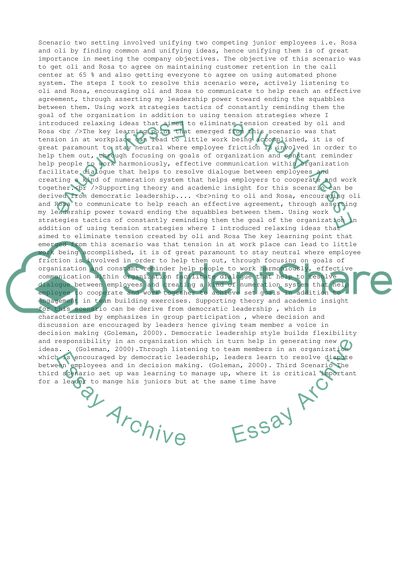Cite this document
(“Organization Behaviour and Leadership Development Scenarios Essay”, n.d.)
Organization Behaviour and Leadership Development Scenarios Essay. Retrieved from https://studentshare.org/business/1403983-a-report-about-organisation-behaviour-and
Organization Behaviour and Leadership Development Scenarios Essay. Retrieved from https://studentshare.org/business/1403983-a-report-about-organisation-behaviour-and
(Organization Behaviour and Leadership Development Scenarios Essay)
Organization Behaviour and Leadership Development Scenarios Essay. https://studentshare.org/business/1403983-a-report-about-organisation-behaviour-and.
Organization Behaviour and Leadership Development Scenarios Essay. https://studentshare.org/business/1403983-a-report-about-organisation-behaviour-and.
“Organization Behaviour and Leadership Development Scenarios Essay”, n.d. https://studentshare.org/business/1403983-a-report-about-organisation-behaviour-and.


